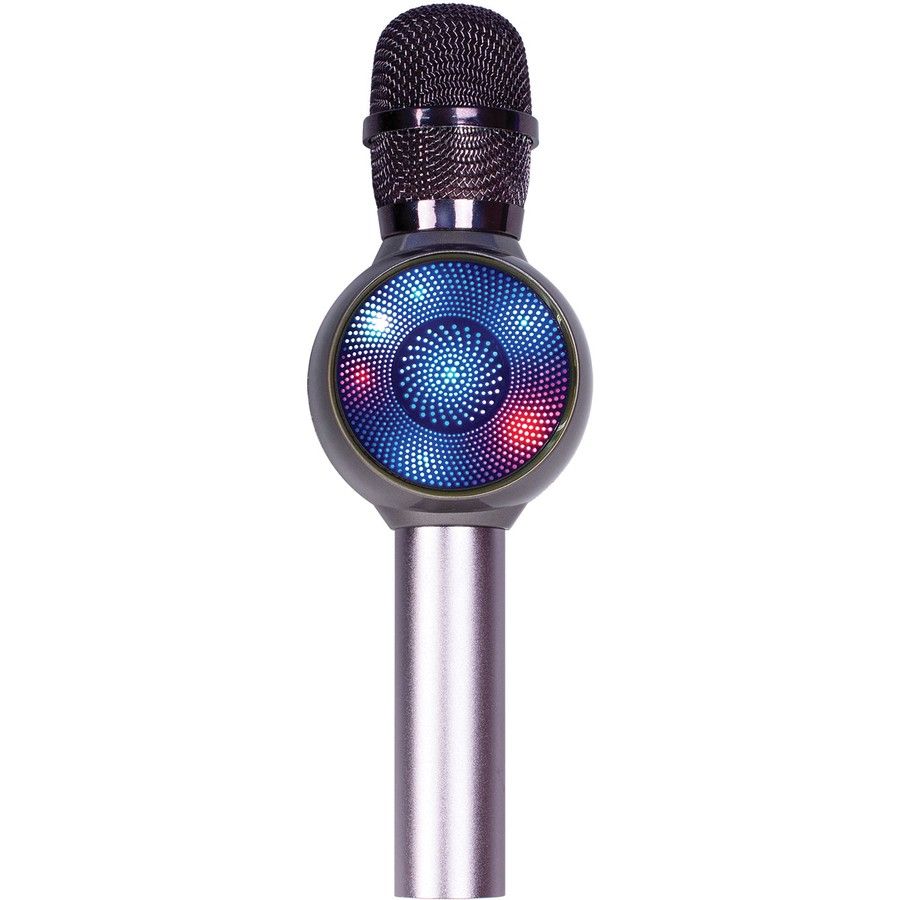In this digital age, technology has enabled us to achieve remarkable feats, and sound surveillance with laser microphones is one such astonishing innovation. These cutting-edge devices allow us to capture audio from a distance using laser beams. This article delves into the workings of sound surveillance with microphones, the science behind them, their applications, and much more. Let’s embark on this journey to unravel the mysteries behind this incredible technology.
What is a Laser Microphone?
At its core, a laser microphone is a sophisticated piece of surveillance equipment capable of converting subtle vibrations in distant objects into clear audio signals. It operates on the principle of capturing sound vibrations by detecting minute changes in the reflected laser beam. These vibrations are then translated into audio, revealing conversations or sounds within the vicinity of the targeted object.
How Do Laser Microphones Work?
Laser microphones utilize the principles of laser beam reflection to capture audio vibrations from distant sound sources. Here’s a step-by-step explanation of how they work:
- Transmitting Laser Beam: A laser microphone system consists of a transmitter and a receiver. The transmitter emits a focused laser beam towards a distant reflecting surface, such as a window pane or a diaphragm.
- Sound Waves Impact: When sound waves from conversations or other audio sources reach the reflecting surface, they cause minuscule vibrations on the surface.
- Modulating Laser Beam: The sound-induced vibrations modulate the laser beam’s intensity as it reflects back towards the receiver.
- Receiving and Conversion: The receiver collects the modulated laser beam and converts it into an electrical signal.
- Audio Reproduction: The electrical signal is then amplified and fed into a speaker, allowing the audio to be heard or recorded.
Advancements in Laser Microphone Technology
Over the years, advancements in technology have significantly improved the effectiveness and range of laser microphones. Some key developments include:
- Narrower Beam Focus: Modern microphones utilize advanced optics to narrow the beam focus, increasing the precision of audio capture.
- Enhanced Signal Processing: Advanced signal processing algorithms enable better noise reduction and audio clarity.
- Increased Range: Technological improvements have extended the operational range of microphones, allowing audio capture from even greater distances.
- Miniaturization: Laser microphones have become more compact and portable, facilitating various surveillance applications.
Applications of Laser Microphones
1. Law Enforcement and Surveillance
Law enforcement agencies utilize microphones to discreetly monitor criminal activities and gather vital intelligence. These devices enable them to eavesdrop on conversations without alerting the subjects under surveillance.
2. Military Intelligence Gathering
In the military domain, microphones are employed to intercept potential threats and gather intelligence. Their long-range capabilities make them a valuable asset in identifying and analyzing distant sounds.
3. Industrial Use and Seismic Monitoring
In the industrial sector, laser microphones assist in detecting mechanical defects in machinery by capturing vibrations. Additionally, they play a crucial role in seismic monitoring, detecting and analyzing earthquakes and other ground movements.
4. Art and Research
The artistic and research communities have also embraced laser microphones as tools for innovative experimentation. They enable artists and researchers to capture and manipulate sounds in unique ways, expanding creative possibilities.
The Intricate Mechanism of Laser Microphones

1. Laser Emission and Reflection
The heart of a laser microphone lies in its laser emission system. A low-power laser beam is emitted towards a distant object, often a windowpane or any object in the room with the target conversation. When sound waves from the conversation cause vibrations in the object, the laser beam reflects back to the device.
2. Photodetector Sensing
The reflected laser beam carries the vibrations caused by the sound waves. A sensitive photodetector within the microphone detects these changes and converts them into electrical signals.
3. Signal Processing
The electrical signals are then subjected to intricate signal processing algorithms. The processed signals undergo amplification and filtering to eliminate unwanted noise and improve the signal-to-noise ratio.
4. Audio Output
Finally, the filtered signals are transformed back into audio, revealing the conversations that initiated the vibrations in the distant object.
The Future of Laser Microphone Technology
As technology continues to evolve, so do laser microphones. The future holds the promise of even more advanced and versatile devices. These enhancements may include increased sensitivity, improved signal processing, and the integration of artificial intelligence for more precise audio analysis.
Understanding the Legal and Ethical Aspects
While sound surveillance with laser microphones has numerous beneficial applications, it also raises concerns about privacy and ethics. It is crucial to understand the legal implications and ethical considerations surrounding the use of these devices.
- Different countries have varying laws regarding audio surveillance, and using microphones for eavesdropping might be unlawful without proper authorization.
- In scenarios where microphones are used in public spaces, obtaining informed consent from individuals might be necessary to comply with privacy regulations.
- Employing microphones should always be guided by ethical principles, ensuring that their application aligns with legitimate purposes and does not infringe on individuals’ rights.
Frequently Asked Questions (FAQs)
- Can Laser Microphones Record Conversations from Miles Away?
- While microphones have an impressive range, recording conversations from miles away is generally not feasible due to various environmental factors that can affect audio quality. The operational range varies depending on atmospheric conditions, the quality of optics, and other technical factors.
- Are Laser Microphones Undetectable?
- Laser microphones can be challenging to detect due to their non-contact nature. However, skilled counter-surveillance measures may identify the use of microphones by detecting the reflected laser beam.
- Do Laser Microphones Work in Noisy Environments?
- Laser microphones can be susceptible to ambient noise, which may impact audio clarity. Modern laser microphone systems employ advanced noise reduction algorithms to mitigate this issue.
- Can Laser Microphones Penetrate Glass Windows?
- Laser microphones can effectively capture audio vibrations through glass windows, making them useful for audio surveillance through transparent barriers.
- Is the Use of Laser Microphones Legal for Private Individuals?
- The legality of using microphones varies by jurisdiction and its intended use. In many places, using microphones for private audio surveillance without consent may be illegal.
- What Are the Main Components of a Laser Microphone System?
- A laser microphone system consists of a transmitter, a laser diode, optical components, a receiving sensor, signal processing circuitry, and audio output.
Conclusion
Sound surveillance with laser microphones represents a fascinating fusion of science and technology, enabling us to capture audio from a distance with astonishing precision. These devices find applications in law enforcement, security, wildlife research, and more. However, their use must be balanced with legal and ethical considerations to respect individuals’ privacy rights. As technology continues to advance, laser microphones will undoubtedly play an increasingly significant role in various fields, and we must employ them responsibly and ethically.





More Stories
Chikenaid: The Key to Unlocking Your Potential
What Are The Best Acoustic Guitar Strings
The Best Metal Detector: A Comprehensive Guide